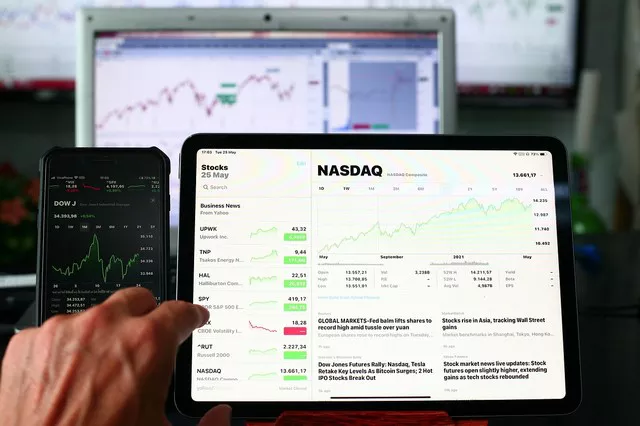Futures markets are dynamic and responsive to a multitude of factors that influence price movements. While futures prices can fluctuate in response to various market dynamics, understanding the underlying causes of price declines is crucial for investors and traders alike. In this article, we delve into the factors that can lead to falling futures prices, shedding light on the complexities of market dynamics and their impact on price discovery.
Market Fundamentals
One of the primary drivers of falling futures prices is changes in the fundamental supply and demand dynamics of the underlying asset. For example, if there is an increase in the supply of a commodity relative to demand, futures prices may decline as market participants anticipate lower prices in the future due to the abundance of supply. Conversely, a decrease in supply or an increase in demand could exert upward pressure on futures prices.
Interest Rates
Interest rates play a significant role in influencing futures prices, particularly for interest-bearing assets such as bonds. When interest rates rise, the opportunity cost of holding a futures contract increases, as investors can earn higher returns by investing in fixed-income securities. As a result, futures prices for interest-bearing assets may fall in response to higher interest rates, reflecting the decreased demand for these contracts.
Storage Costs
In commodity futures markets, storage costs can impact futures prices, especially for commodities that require physical storage, such as oil or agricultural products. Higher storage costs, which encompass expenses related to warehousing, transportation, and insurance, can lead to increased carrying costs for futures contracts. Consequently, futures prices may decline to reflect the higher overall cost of holding the underlying commodity until expiration.
Dividend Income
For assets that pay dividends, such as stocks, the expectation of future dividend income can influence futures prices. As dividends represent a portion of the total return on an asset, an anticipated decrease in dividend payments can lead to lower futures prices. Investors may be less willing to pay a premium for futures contracts if they expect diminished dividend income, resulting in downward pressure on prices.
Risk-Free Rate
The risk-free rate, often represented by government bond yields, can impact the pricing of futures contracts, particularly for assets that do not generate income, such as commodities. Changes in the risk-free rate can alter the opportunity cost of holding futures contracts, leading to adjustments in prices. A rise in the risk-free rate may prompt investors to seek higher returns elsewhere, causing futures prices to fall.
Convenience Yield
The concept of convenience yield, prevalent in commodity markets, refers to the non-monetary benefits of holding the physical asset rather than a futures contract. These benefits may include access to the asset for consumption or use in production processes. When the convenience yield is high, indicating a scarcity of the physical asset, futures prices may decline as investors are less willing to pay a premium for distant delivery dates.
Arbitrage Opportunities
Arbitrage opportunities arise when futures prices deviate significantly from the expected future spot price of the underlying asset. Market participants may exploit these discrepancies by buying low and selling high, leading to adjustments in futures prices until arbitrage opportunities are eliminated. As arbitrageurs capitalize on mispricings, futures prices may fall to converge with the expected spot price.
Technical Factors
In addition to fundamental drivers, technical factors such as chart patterns, trading volumes, and investor sentiment can also influence futures prices. Technical analysts often use historical price data and indicators to identify trends and patterns that may signal potential price movements. A bearish technical outlook, characterized by signals of selling pressure or weakening momentum, can contribute to falling futures prices as traders adjust their positions accordingly.
Economic Indicators
Economic indicators and news events can have a significant impact on market sentiment, which, in turn, can influence futures prices. Positive economic data releases, such as strong employment figures or robust GDP growth, may bolster investor confidence and lead to higher futures prices. Conversely, negative economic news or geopolitical tensions could dampen sentiment and contribute to falling futures prices as investors seek safe-haven assets or adopt a more risk-averse stance.
Conclusion
In conclusion, falling futures prices can stem from a multitude of factors, ranging from shifts in market fundamentals and interest rates to changes in storage costs and dividend expectations. Understanding these dynamics is essential for market participants seeking to navigate the complexities of futures trading and make informed investment decisions. By monitoring fundamental drivers, technical indicators, and economic developments, investors can gain insights into the underlying forces shaping futures prices and position themselves accordingly in the market landscape.


